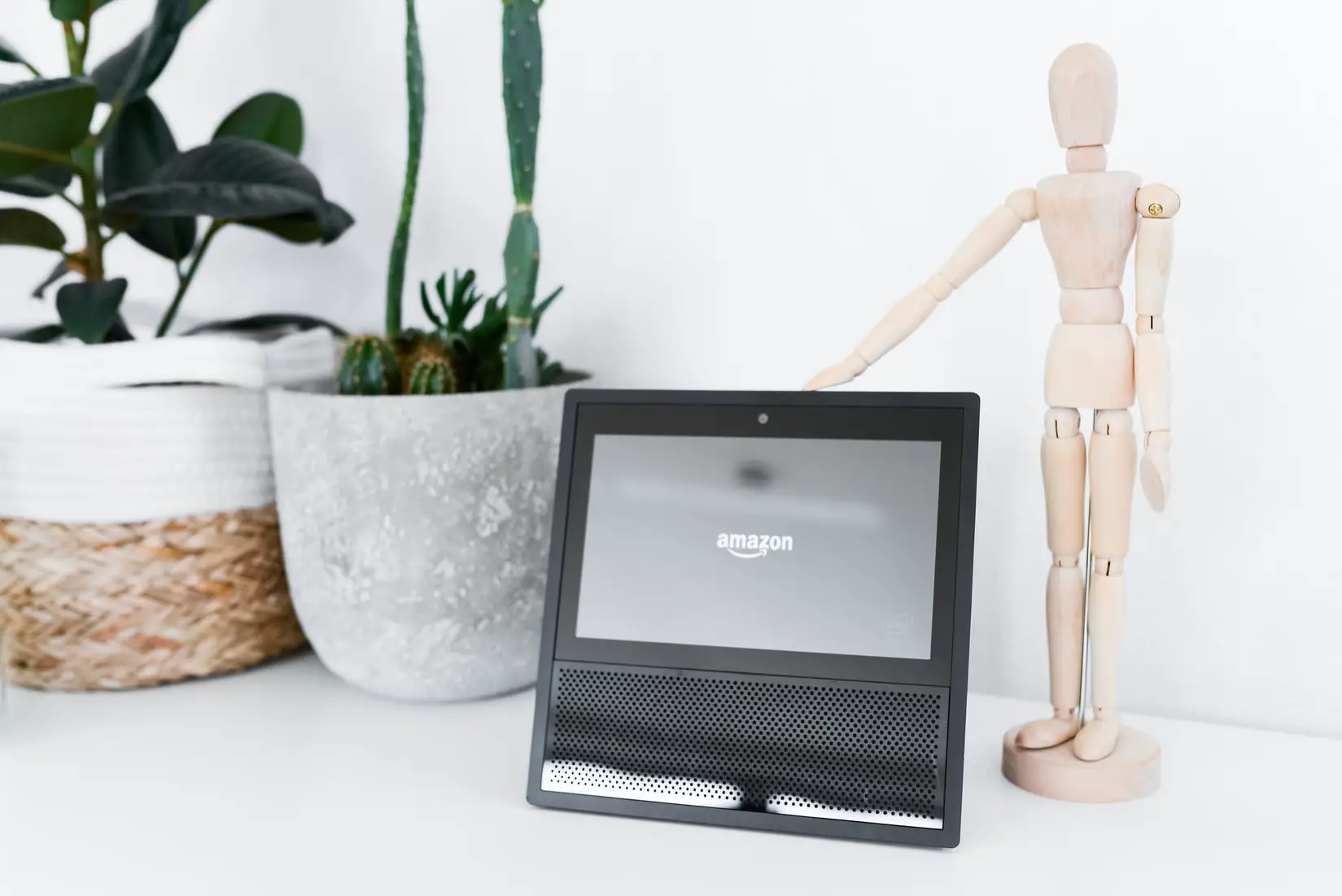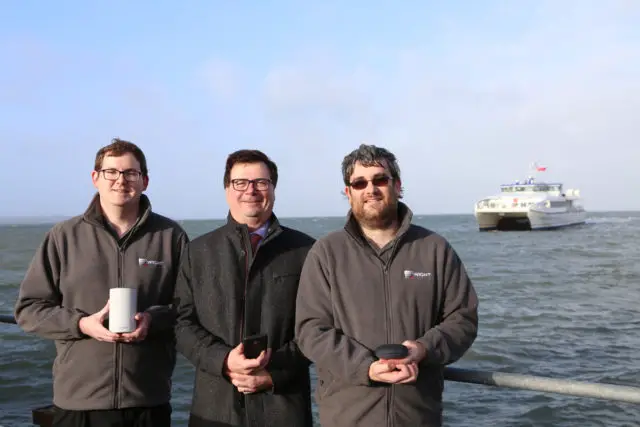The Wightlink Voice Assistant App for Amazon Alexa and Google Home lets you find out live information about the ferry service by speaking to it.
Lots of homes have devices such as Amazon Alexas and Google Home or Nests which you can talk to in order to find out a whole host of information and news, or even instruct to play your favourite music.
Island-based Wight Computers were asked to build one of these useful Voice Assistants for Isle of Wight ferry company, Wightlink.
What it does
Pulling live travel data directly from the company, the new Wightlink Voice Assistant – which can also work on your mobile phone – gives customers the most up-to-date information about the service status of the car ferries and FastCat sailings, adding to what you can already find on Wightlink’s new Website.
How to use it
Once you set up Voice Assistants are easy to use, but it’s not always obvious how to, or what questions to ask.
Luckily the tech guys at Wight Computers know their stuff and have developed the Voice Assistant in a really intuitive way.
Asking questions such as ‘Ask Wightlink are there any delays’ or ‘when’s the next Fastcat from Ryde’ will give you up-to-date info for the next couple of hours.
Below are the instructions to get the Wightlink Voice App working on your device, but first a summary of the current commands.
– When is the next sailing from (port name)?
– Is the ferry from (port name) running on time?
– Are the ferries are running on time?
For Alexa
You’ll need enable the ‘Wightlink Alexa skill‘ on your account. To do this, use the Alexa App on your phone and head to ‘Skills and Games’. Search for the skill called ‘Wightlink’ and hit ‘enable to use’.
Once enabled, say ‘Alexa’ to start a conversation and then say ‘ask Wightlink’ to get the Voice Assistant going and simply ask your questions, such as, ‘Alexa – ask Wightlink if the ferries are running on time’.
For next sailing information, try ‘Alexa – ask Wightlink when the next FastCat from Ryde is’.
For Google Home/Nest
If you’re using an Android phone or tablet, make sure your Google Assistant is switched on.
With your Android phone unlocked or with your Google Home or Nest switched on, say ‘okay Google’ or ‘hey Google’ to start a conversation. Say ‘talk to Wightlink’ to get the voice assistant going and simply ask your question.
If you get stuck with any of this, Wight Computers have written a blog about it and Wightlink have an FAQ.
Lead developer: One simple question
Lead software developer, John Collingwood, said,
“Many people, particularly those with disabilities, use voice assistants to answer almost any question, play music, tell the news and control smart home devices.
“Now with one simple question they can access vital travel service status information by simply saying, ‘Talk to Wightlink…’ on Google, or ‘Ask Wightlink…’ on Alexa – after enabling the Wightlink Skill which can be searched for under ‘Skills’ in their Alexa App.”
James: Great news for regular travellers
Stuart James, Marketing and Innovation Director at Wightlink, said,
“We’ve linked Amazon Alexa and Google Home to our live service status so customers can find out the time of their next sailing, and if there are any delays, by simply asking their voice-controlled smart speaker.
“Google Assistant can also be used by drivers to control their vehicle’s entertainment system – that’s great news for regular travellers.
“It has been a real pleasure to work closely with an Island business on this concept. Team members at Wight Computers have provided amazing technology to make it easier for our customers to find the information they need.”
Nordbruch: Opens up many innovative opportunities
Managing Director of Wight Computers, Andrew Nordbruch, commented,
“Voice technology is becoming the norm now and it opens up many innovative opportunities and possibilities for businesses – across all sectors.
“We have thoroughly enjoyed working on this voice project with the team at Wightlink and are excited to be able to offer this bespoke software service to create other applications using these major platforms.”
Image: Jan Antonin Kolar under CC BY 2.0






